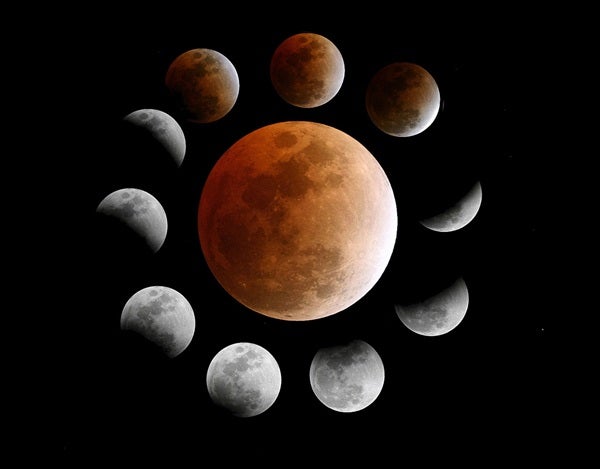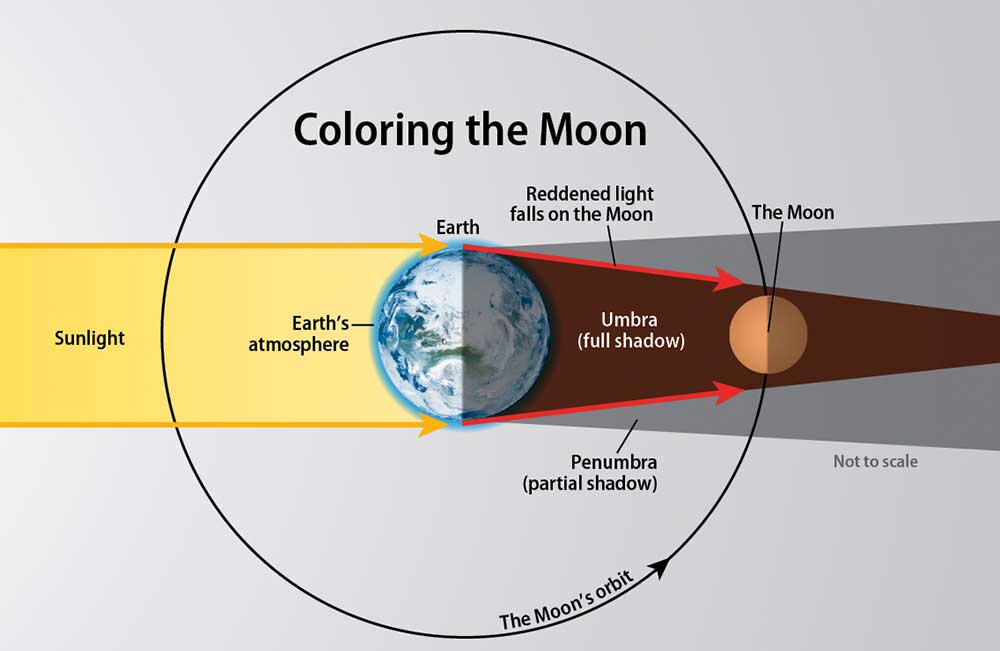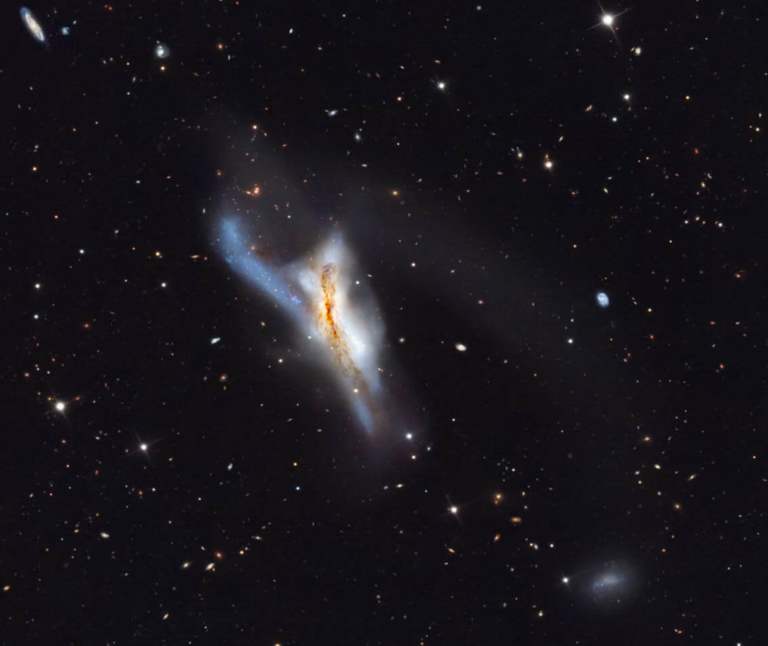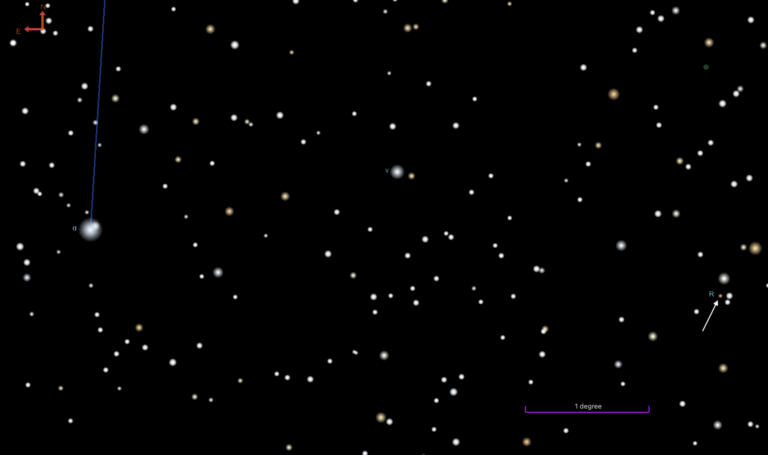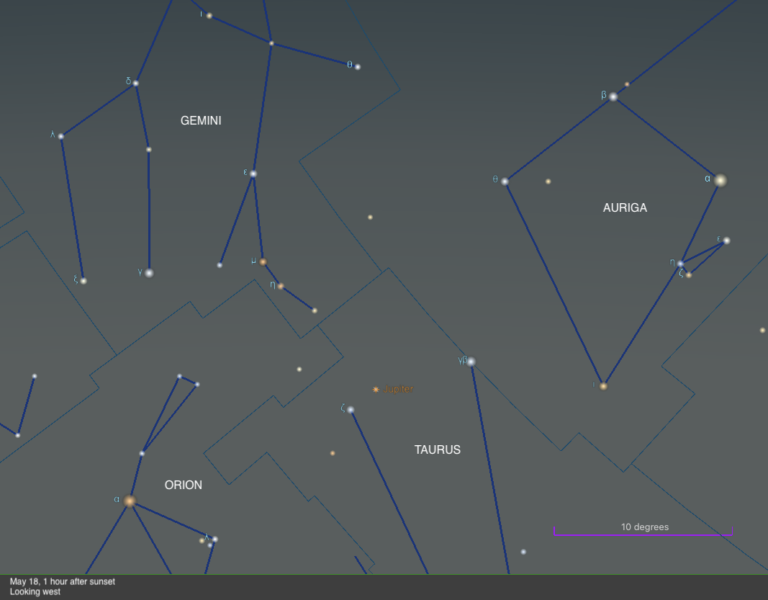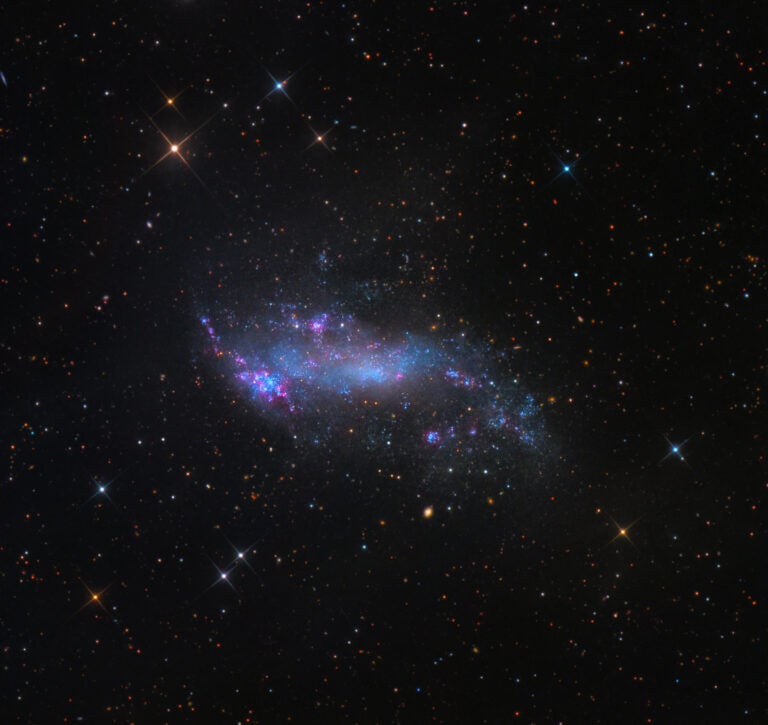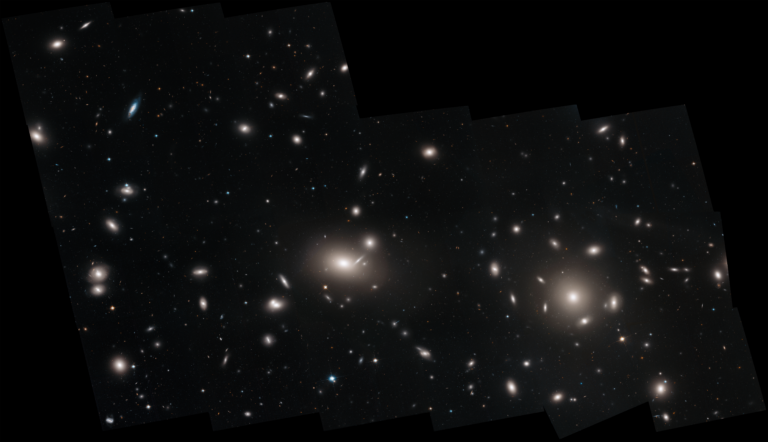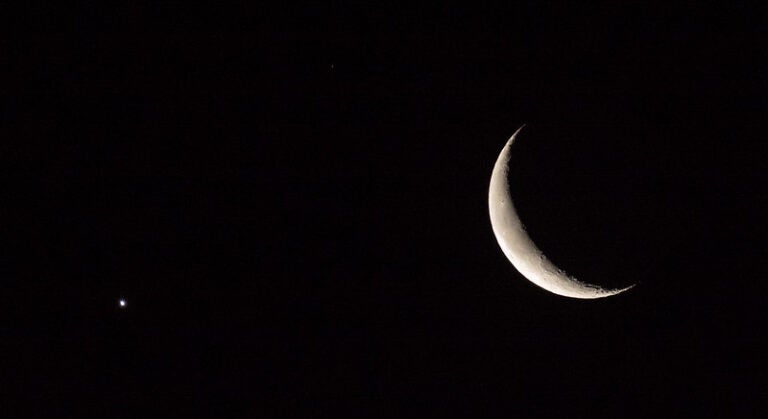The morning of May 26, a confluence of lunar events will thrill skywatchers across much of the world. Popular media is calling the event a Super Flower Blood Moon. But what do all those names mean, and will you be able to see it? Let’s break it down.
Playing the name game
Late on Tuesday, May 25, our Moon reaches perigee — the point in its orbit around Earth that brings it closest to our planet. That’s because the Moon’s orbit is an oval (or ellipse), rather than a circle. Each month, it has a closest approach (perigee) and farthest approach (apogee). On Tuesday night at 9:50 P.M. EDT, the Moon will reach perigee, coming a mere 222,023 miles (357,311 kilometers) from Earth.
Less than 12 hours later, at 7:14 A.M. EDT on Wednesday, May 26, the Moon will officially reach its Full phase. A Full Moon in May is known as a Flower Moon. So, that’s one name out of the way.
But, according to NASA, when a Full Moon occurs while the Moon is within 90 percent of perigee, the event is also called a Super Moon. That’s because a Full Moon at perigee looks slightly larger (up to 14 percent) and brighter (up to 30 percent) than a Full Moon at any other time, especially when it’s at apogee.
You might remember that last month’s Full Moon was also a Super Moon. But this month’s Full Moon is a tad more super — it occurs slightly closer to perigee than April’s Full Moon, making it appear 0.04 percent larger this month. That means Wednesday’s event will be the biggest Super Moon of 2021.
So, now we’ve taken care of two names. What about the third: Blood Moon? That’s the name bestowed upon the Moon during a lunar eclipse, which can turn our satellite from a brilliant white to a deep red.
The transformation occurs as the Moon passes through Earth’s shadow, which is not solid black because our planet has a blanket of air around it. As sunlight filters through Earth’s atmosphere and falls on the Moon, red light is bent more (into the shadow) than blue light, which gets scattered away. This puts a hint of red in Earth’s shadow, giving the Moon a ruddy hue when it passes through it.
It’s all in the timing
The total lunar eclipse on Wednesday (May 26) will be visible in western North and South America, the Pacific Ocean, Australasia, and eastern Asia. In the U.S., the eclipse occurs around moonset. Those in the Eastern time zone will unfortunately miss the event entirely, while observers in Midwestern states might catch the early phases, depending on location. The farther west you are, the more of the event you’ll see.
Partial eclipse begins: 2:45 A.M. PDT
Total eclipse begins: 4:11 A.M. PDT
Total eclipse ends: 4:26 A.M. PDT
Partial eclipse ends: 5:52 A.M. PDT
*All times are given in PDT because the majority of the event is visible in this time zone. Based on your location, you can convert to your local time. Penumbral eclipse start and end times can be found here.
The Moon first enters the outermost part of Earth’s shadow at 3:47 A.M. CDT, but the show really starts when the partial eclipse kicks off about an hour later at 4:44 A.M. CDT. At that point, the Moon will be about 10° above the southwestern horizon in the Midwest.
Our satellite will be in the constellation Scorpius, and its brightest star, ruby-red Antares, sits about 7° southeast of the Moon when the partial eclipse begins. Earth’s shadow will continue to creep across the Moon as twilight grows, with totality beginning at 6:11 A.M. CDT.
Totality — which lasts from 4:11 A.M. to 4:25 A.M. PDT — will start just as (or shortly after) the Moon sets across the Midwest. So, those farther west are the only ones primed to catch it. Totality doesn’t last as long during this lunar eclipse as it does during some others. That’s because the Moon this month slides across the northern edge of Earth’s innermost circular shadow, rather than passing through the wider, central part of Earth’s shadow.
As a result, the Moon may not turn quite as blood red as the event’s informal name implies. Instead, the Moon’s northern portion will likely appear bright orange, while its southern hemisphere will probably take on a duskier appearance. Conditions in Earth’s atmosphere, such as the amount of smoke or other particulates, can also affect the color and brightness of the Moon during a lunar eclipse.
The final partial phase of the lunar eclipse ends at 5:52 A.M. PDT, which is after the Moon has set for most U.S. locations.
How to view the lunar eclipse
Lunar eclipses progress relatively slowly, and totality on May 26th lasts nearly a quarter of an hour. Viewing a lunar eclipse is easy, though. All you need to do is step outside and scan the sky — no telescope or binoculars required. In fact, it’s often better to simply observe the entire Moon without any optical aid. But if you do want to use optics, opt for lower power and a wide field of view.
Similarly, photographing a lunar eclipse is relatively straightforward — most smartphones can now capture the scene. You don’t need to be an experienced photographer to snap a great shot, so give it a try!
The only major hurdles to viewing this month’s Super Flower Blood Moon (besides clouds) are waking up before the Sun and the Moon’s low altitude. Observers will also need a clear view of the west and southwest horizon to watch our satellite until it sets. A location on a hill or other high ground will give the best view.
Even if you don’t catch the morning lunar eclipse, the Moon will be 99-percent illuminated when it rises again Wednesday evening, offering a bright, beautiful sight just after sunset.

